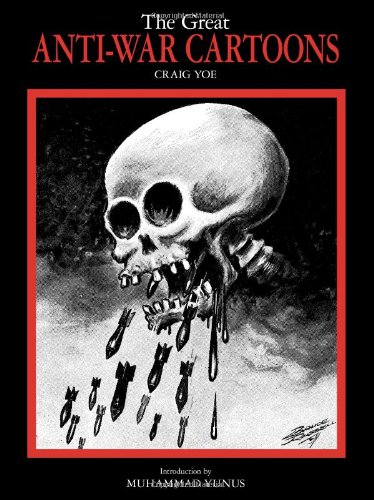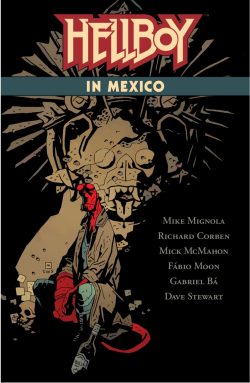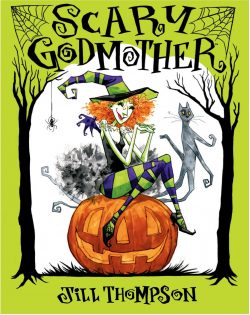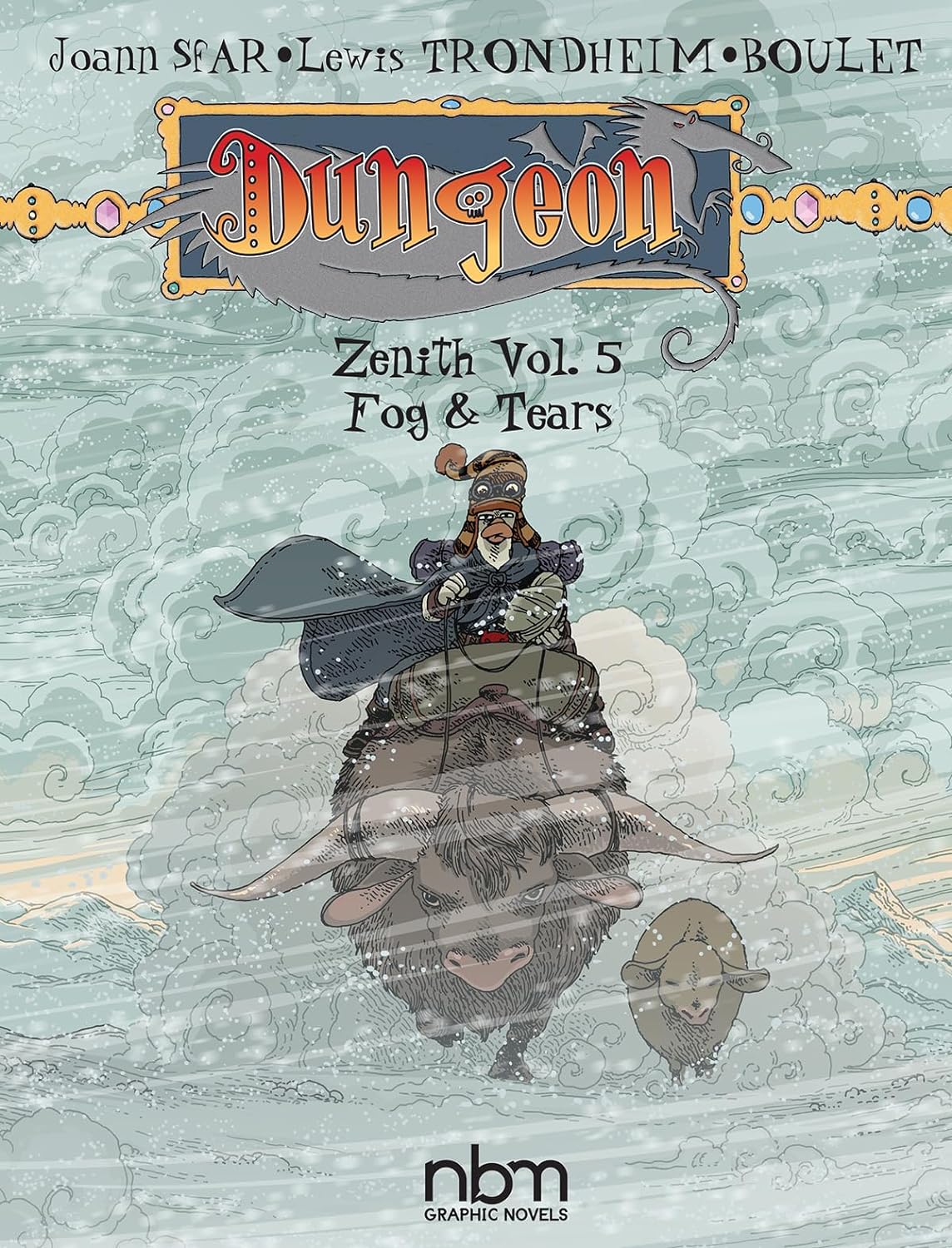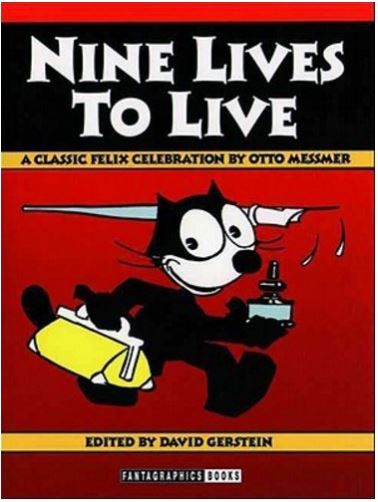
By Fabcaro & Didier Conrad, coloured by Thierry Mébarki, translated by Adriana Hunter (Sphere)
ISBN: 978-1-40873-021-8 (Album HB) eISBN: 978-1-4087-3020-1
Win’s Christmas Gift Recommendation: Celebrate the Season in Classical Style… 9/10
Asterix le Gaulois debuted in 1959 and has since become part of the fabric of French life. His exploits have touched billions of people around the world for over sixty years and for almost all of that time his astounding adventures were the sole preserve of originators René Goscinny and Albert Uderzo.
After nearly 15 years dissemination as weekly serials (subsequently collected into book-length compilations), in 1974 the 21st saga – Asterix and Caesar’s Gift – was the first to be released as a complete, original album prior to serialisation. Thereafter each new tome was an eagerly anticipated, impatiently awaited treat for legions of devotees.
The eager anxiety hasn’t diminished even now as L’Iris Blanc sees third scripter Jean-Yves Ferri make way for physicist/novelist/musician/comics writer “Fabcaro” (Like a Steak Machine, Les Marseillais, Mars) – AKA Fabrice Caro – who joins in situ illustrator Didier Conrad (Les Innomables, Tatum, ASTERIX!). Fabcaro & Didier’s first album/40th canonical chronicle of Asterix L’Iris Blanc was released on October 25th 2023, with the English edition hitting shelves and digital emporia as Asterix and the White Iris one day later.
Although divided by its Roman conquerors into provinces Celtica, Aquitania and Armorica, the very tip of the last-named land stubbornly refuses to be properly pacified. The otherwise supreme overlords, utterly unable to overrun this last little bastion of Gallic insouciance, are reduced to a pointless policy of absolute containment – even though the irksome Gauls come and go as they please. Thus, a tiny seaside hamlet is permanently hemmed in by heavily fortified garrisons Totorum, Aquarium, Laudanum and Compendium: packed with seasoned and terrified soldiers who would rather be anywhere else on earth than there…
Those supposedly contained couldn’t care less: daily defying and frustrating the world’s greatest military machine by going about their everyday affairs, bolstered by magic potion brewed by resident druid Getafix and the shrewd wits and strategic aplomb of diminutive dynamo Asterix and the stopping power of his simplistic, supercharged best pal Obelix…
As always, action, suspense and comedy are very much in evidence. There’s a healthy helping of satirical lampooning of the generation gap, fads and trends as well as the traditional regional and nationalistic leitmotifs. Whether as an comedic romp with sneaky, bullying baddies getting their just deserts or as a sly and wicked satire for older-if-no-wiser heads, these new yarns are just as engrossing as the established canon.
As you already know, half of the intoxicating epics take place in various exotic locales throughout the Ancient World, whilst the alternating rest are set in and around Uderzo’s adored Brittany circa 50 BC. This one’s a little of both as our major cast members make it all the way to fashionable Lutetia before their current Roman problems are solved…
It all begins in the established traditional manner before we cut to Rome where Julius Caesar is defending his record amidst a miasma of growing unrest and depleted morale that has caused a spike in insubordination and desertions from the army that holds the Empire together.
A potential solution comes from Chief Medical Officer/Lifestyle guru Isivertuus, who has devised a blend of pop psychology, life-coaching and philosophical chicanery he calls “the White Iris.” The poetry-heavy flummery seems capable of bamboozling the gullible – basically anyone but Isivertuus – into modifying their behaviours. The military conman proposes visiting Amorica and convincing its downtrodden, defeatist garrisons that the enemy aren’t indomitable or invincible at all.
Hopeful but cautious, Caesar agrees to the quack working his solution on Totorum camp, and also – just to be sure – destroying that pesky village of rebel Gauls…
At first it all goes quite well, with a combination of recycled adages, meaningless homilies and mental homeopathy lifting military spirits and even – when the charming charlatan starts spouting off to the Gauls themselves – dividing them from each other… not a hard task for such garrulous, combustible and opinionated souls…
Soon, no one’s quarrelling and even Obelix’s beloved wild boars are losing the will to fight, but Isivertuus just cannot close the deal. That’s when he changes tactics and woos Chief Vitalstatistix’s formidable wife away with honied assurances that she deserves a better life in cosmopolitan Lutetia. However, it’s all a ploy to deliver her to Caesar and blackmail the Gauls into surrendering…
Once the heartbroken old Chief gets over the crushing rejection and stifles his maudlin carping, he’s off in hot pursuit with Asterix and the big one going along to keep him out of trouble… and safe from said hostage/bride Impedimenta…
Jam-packed with classic laughs, hilarious fights, the usual cameos by the pirates and other old favourites there’s also plenty of contemporary satire: swipes at modern theatre, pop psyche, kick scooters, fusion cuisine, mindfulness and even HS2 before the fun escalates to a crescendo that only proves the truth and power of one old phrase… Amor vincit omnia*.
Asterix and the White Iris is a sure win and another triumphant addition to the mythic canon for laugh-seekers in general and all devotees of comics.
© 2023 HACHETTE LIVRE/GOSCINNY-UDERZO. English translation: © 2023 HACHETTE LIVRE/GOSCINNY-UDERZO
*Love conquers all. Maybe you should read more old books after you get this new one?

